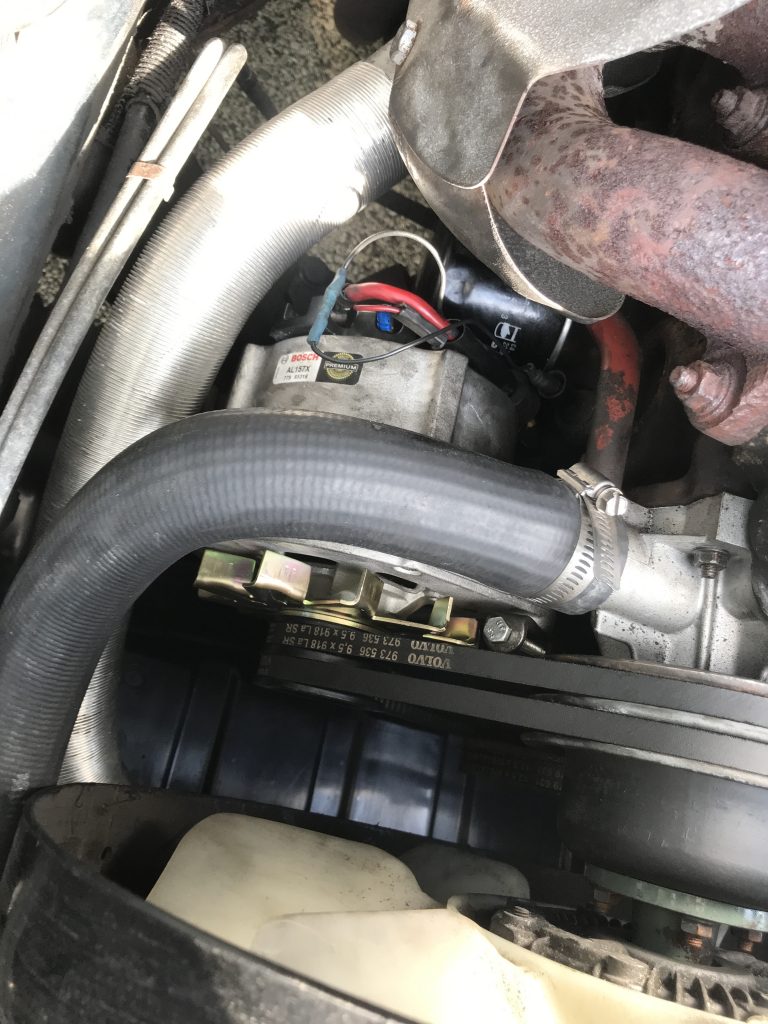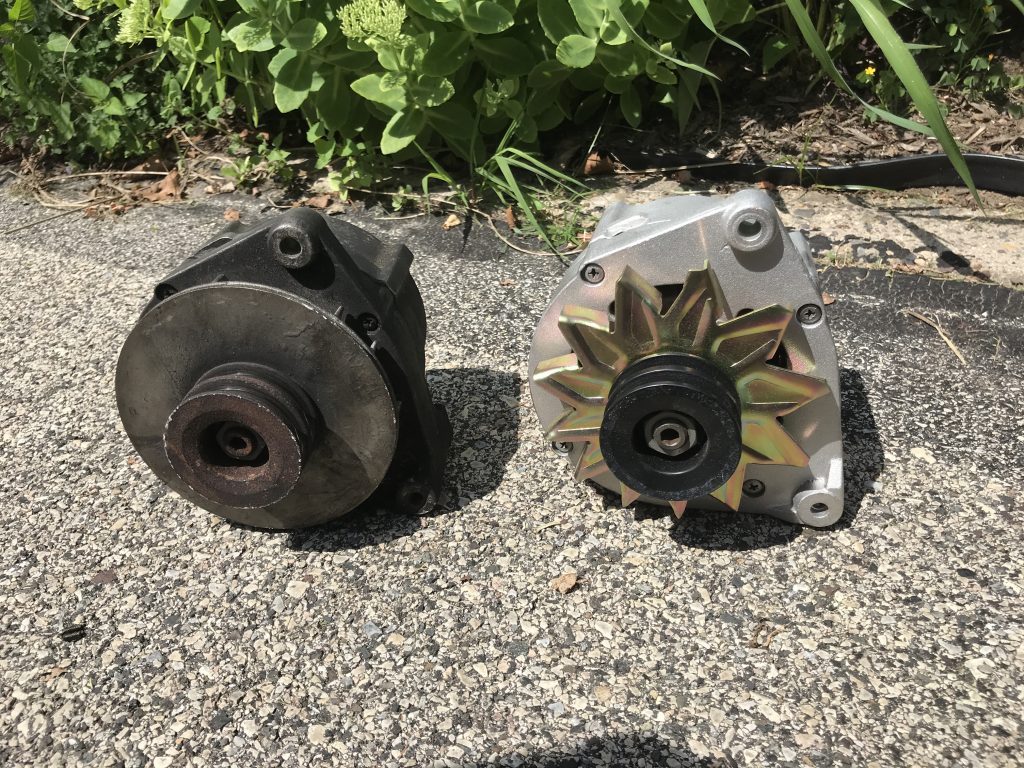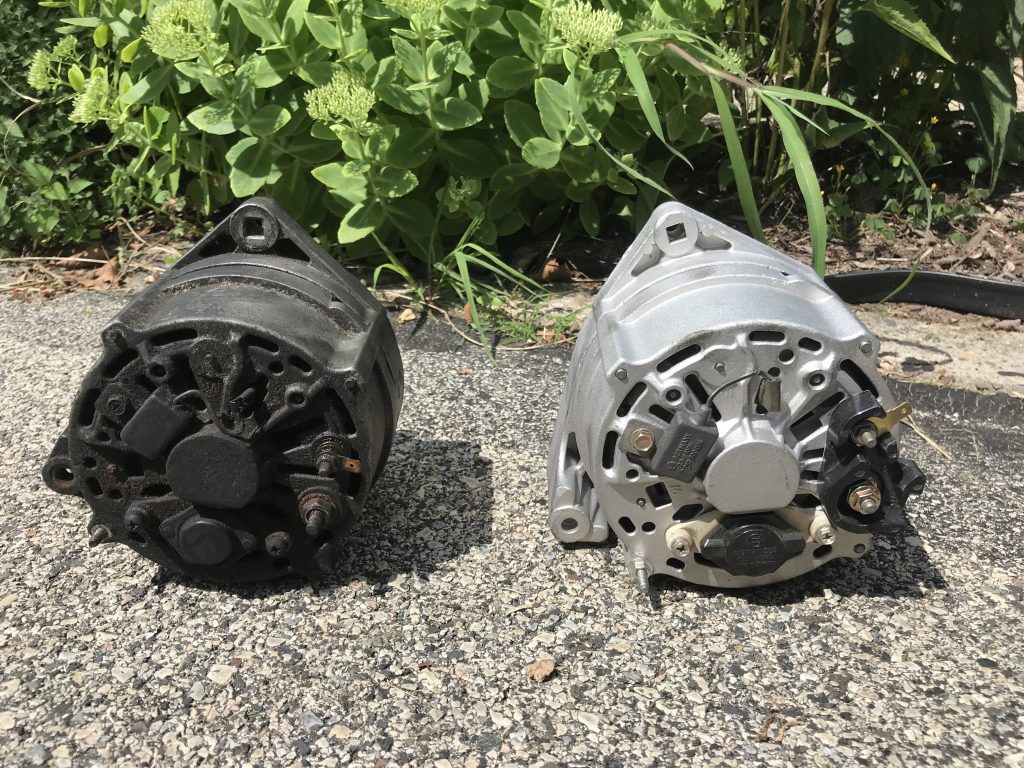Like a lot of people, I suspect, we recently got a “pandemic puppy” in our house. My daughter had been agitating for one for some time, and since we’re all more or less stuck at home most of the day we figured a dog would be an ideal companion in lieu of other kids. This has worked pretty well, but like most dogs he doesn’t like the sound of the vacuum cleaner. A week or so ago my wife wanted to vacuum the first floor and asked me to take the dog out. Knowing how much I love to drive my car she suggested I put the dog in his carrier and take him for a ride. I happily obliged. Puppy and I loaded up into the car and started tooling around the neighborhood. I contemplated getting onto the local highway to get some higher speed time on the engine, but as I was heading towards there warning lights started slowly popping up on my dash. Knowing that my ignition switch is touchy and can be put into a situation where certain lights on the instrument cluster turn on and off erroneously. As I pulled up to a red light, I turned the car off and attempted to restart it only to hear the sad sound of a struggling starter motor. My battery was dead. When the light turned I pushed it through the intersection and parked it on the curb.

Removal
I eventually got a jump and was able to limp the car home. I wanted to test it to be sure, but it was already pretty clear as to what the issue was. Sure enough when I put the a meter on the battery with the car running I was reading a mere 11 volts. The alternator was done. The car won’t work for very long without one of those, so I immediately ordered a remanufactured Bosch AL157X 80 amp model. I was replacing it so I might as well go for an upgrade from the standard 55 amp that came with the car.
My alternator arrived quickly (thanks eEuroparts.com) and come the weekend I was ready to put it in. I was surprised and happy to see that mine came with a pulley already installed, something that was not guaranteed. I wouldn’t have to swap the one from the old alternator to the new which would save me a lot of time and effort. I had to remove the belly pan because the alternator was blocked from coming out the top by radiator hoses. Once that was off, I loosening the tension on the belts so they could be slipped off. The alternator itself is held on by two main bolts, one at the top and the other at the bottom. Both of these came out without much trouble. The real problem were the bolts on the back that kept the various wires attached. These were very corroded. I got the large red wire (the B+) that goes to the battery and starter off, but the smaller wire next to it (the D+) broke off. That one got a new ring terminal crimped to it. With those two wires off I was able to move the alternator down and onto a steady surface (a bucket I slipped underneath it) so I could get better access to the remaining large, blue grounding wire. That was also quite stuck, but with a large enough breaker bar I eventually got the wire off, and the part came out.
Installation
Installation was, again, the reverse process although I did struggle some getting the belts back onto the pulley. Once they were tightened down I attached the wires to their appropriate terminals and started the car. Once the car was running without stalling, which has been an issue recently, I measured the voltage and this time got around 13.5 volts. This was actually a little less than I was expecting, but it’s more than 12 volts which means the battery was charging. I’ll call that a success.


